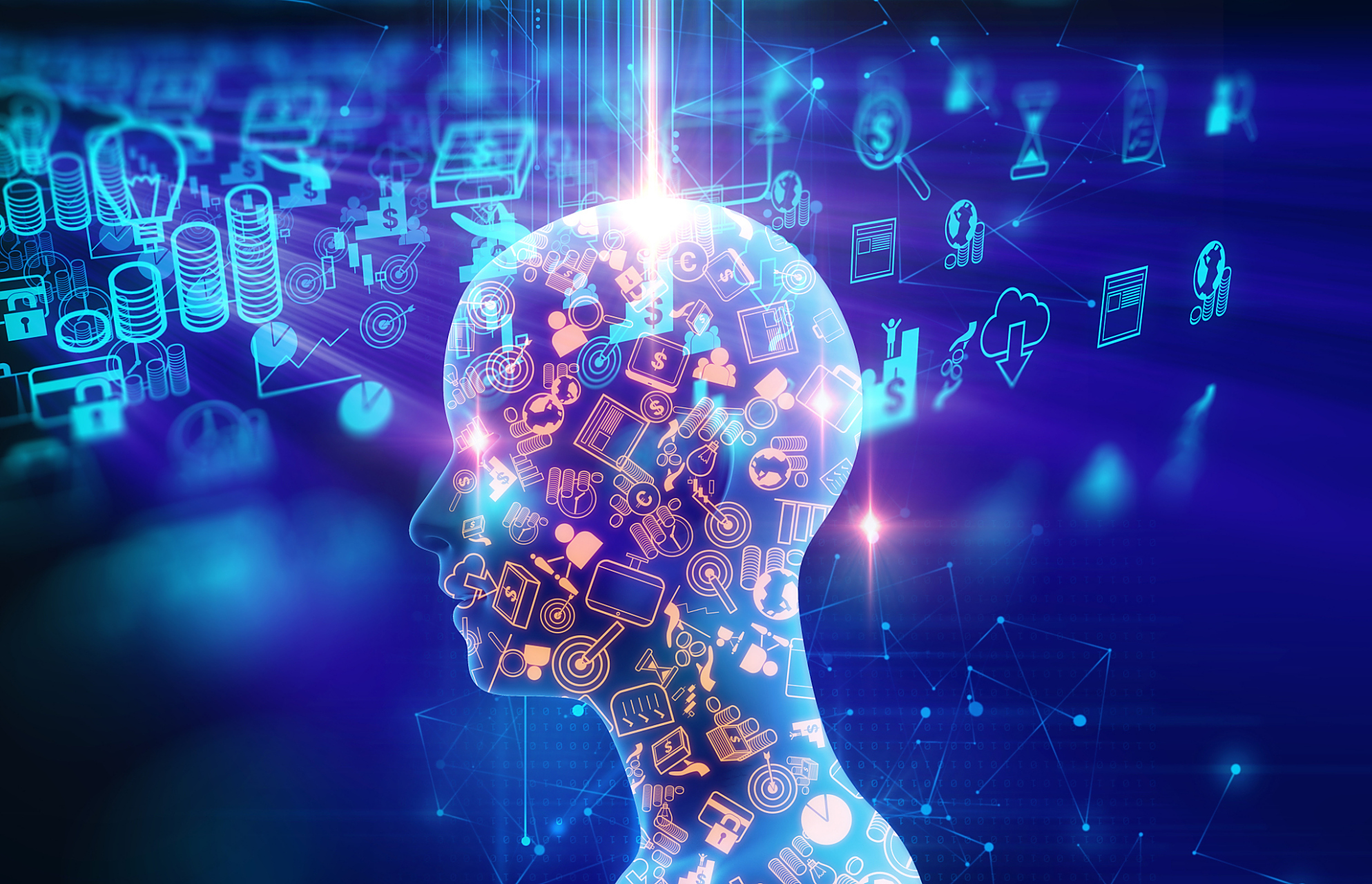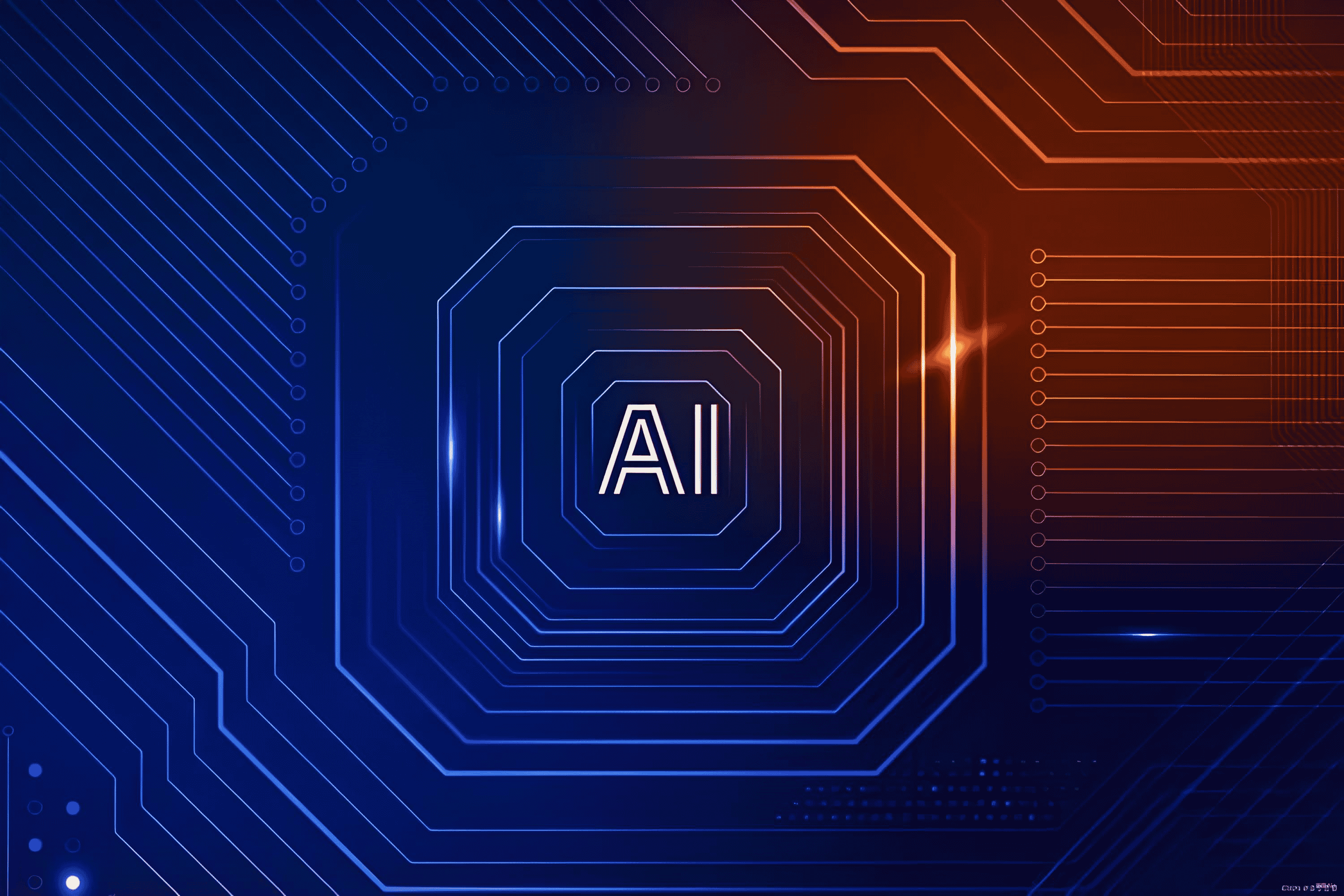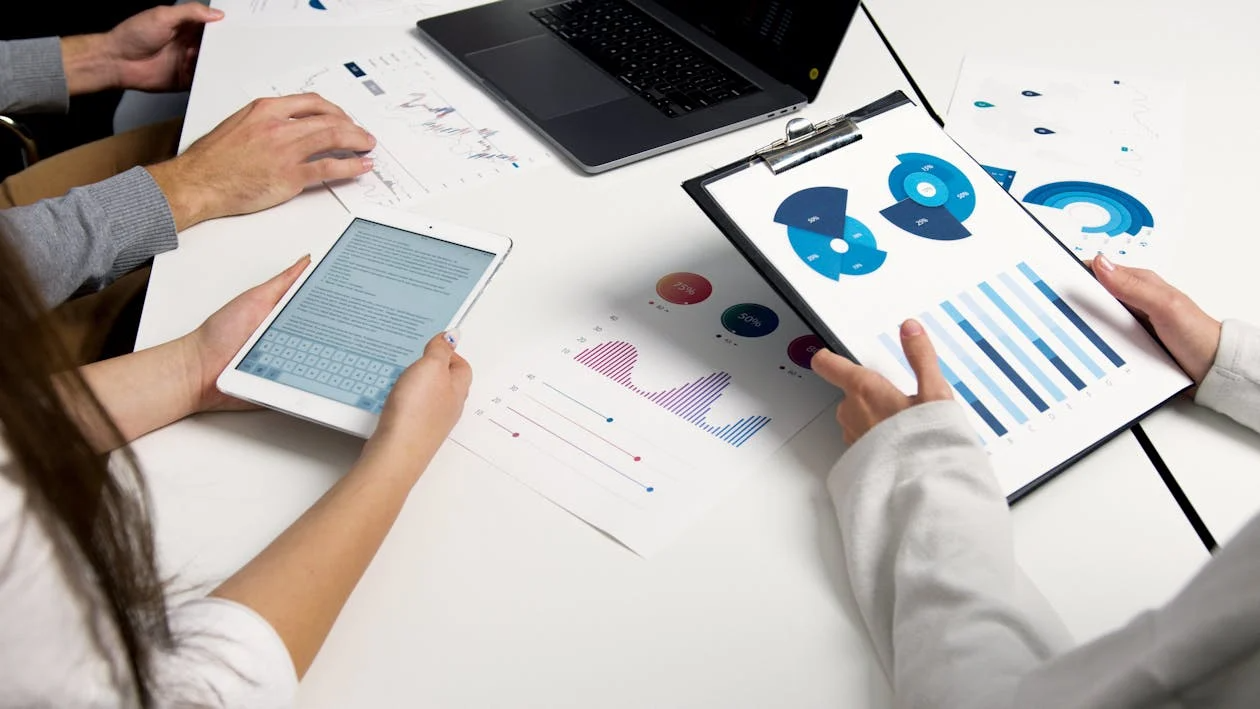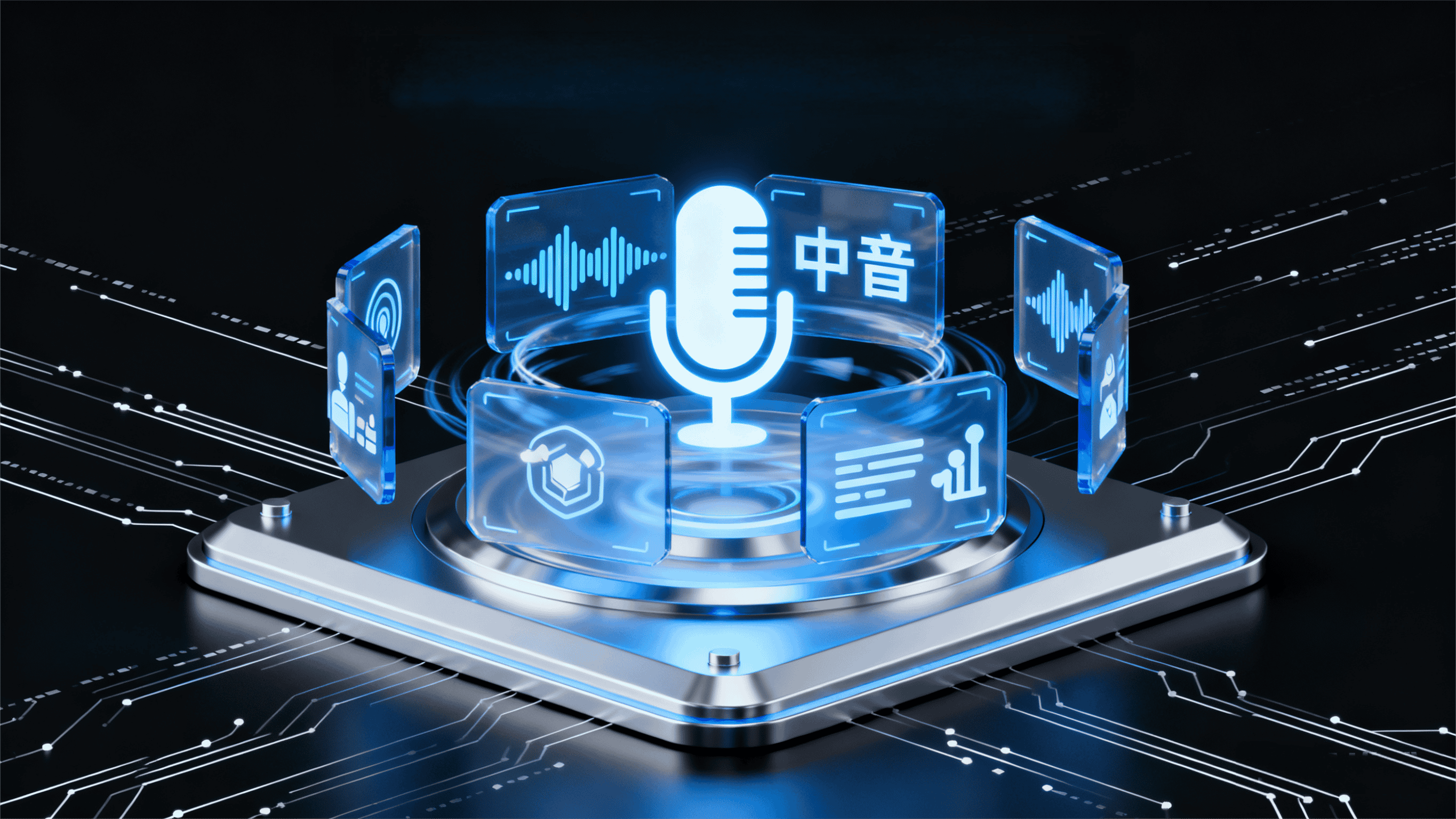As AI pushes deeper into mimicking how we humans experience the world—seeing, hearing, and reading all at once—models like GPT-4V from OpenAI and Google's Gemini are changing the game. These aren't just chatbots anymore; they're systems that can glance at a photo, listen to a clip, and tie it all together with text, opening doors to smarter tools in everything from video editing to real-time translation. But here's the catch: to train them effectively, you need data that's annotated across these modes, and that's where things get tricky for teams on the cutting edge, like those tinkering with vision-language models.
Take GPT-4V, for instance—it processes visuals right alongside words, spitting out descriptions or answers based on what it "sees." Gemini goes a step further, baking in audio from the start, so it handles videos with sound naturally, without clunky add-ons. The real workhorse behind this is the dataset, where every piece has to line up: a video frame showing a car zooming by, synced with engine revs in the audio, and a caption that nails the scene. Mess that up, and your model might confuse a harmless street race with something more chaotic, which could spell trouble in fields like surveillance or self-driving tech.
The headaches come from juggling these layers. Old-school annotation was straightforward—label a picture here, transcribe speech there. Now, it's about spotting how they connect: Is the text capturing the emotion in the voice while matching the action on screen? A deep dive into 69 recent studies on multimodal setups points out recurring snags, like dealing with incomplete data (say, a silent video), small datasets that bias results, or massive files that bog down systems. In healthcare, blending scans with doctor notes and patient recordings adds another layer of alignment woes; a tiny slip could throw off diagnoses. Then there's the format chaos—mixing image files, sound waves, and scripts—often calling for bespoke software to keep it all in sync.
This isn't some niche problem; it's fueling a booming industry. Multimodal AI's market hit about $1.6 billion this year and is on track to grow at over 32% annually through the next decade, thanks to uptake in medicine, media, and online shopping. Other estimates put it ballooning to $42 billion by 2034, highlighting why top-notch data labeling is non-negotiable. For researchers building the next wave, skimping on video-text-audio tagging could lead to flawed models—think biased interpretations or outright failures in live scenarios. Picture labeling a quick video: the screen shows a kid kicking a ball, the sound needs a transcript like "thud" with pitch notes, and the text has to say something like "a young boy scores a goal on a rainy field." Nail the timing, cultural vibes, and links between them, and you've got gold; botch it, and training suffers.
Tackling this means getting creative, like blending AI prelims with human oversight to speed things up without sacrificing accuracy. But the pros who really shine are those with battle-tested know-how in wrangling diverse data across languages and styles, making sure it's ready for worldwide rollout.
That's why forward-thinking AI labs should look to specialists like Artlangs Translation. With expertise spanning more than 230 languages and years dedicated to everything from core translation to video tweaks, subtitling short dramas, localizing games, dubbing audiobooks in multiple tongues, and handling intricate data annotation and transcription, they've got a stack of success stories that prove their mettle in these demanding multimodal tasks. Teaming up could be the key to turning annotation hurdles into a competitive edge for your next big model.











